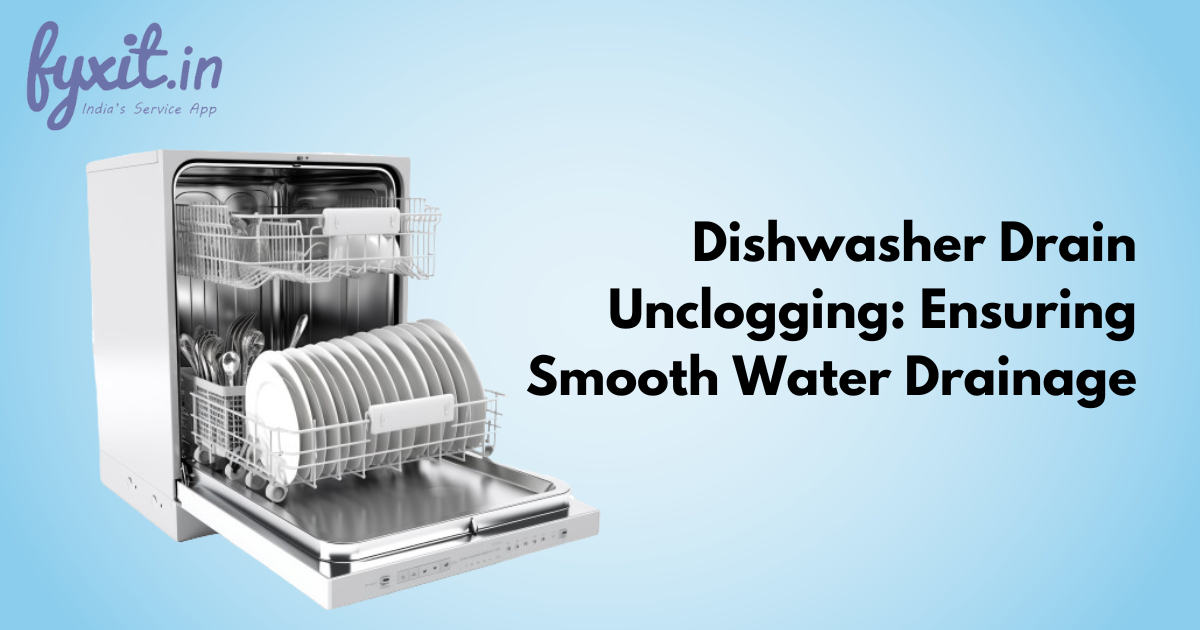Gas water heaters play a crucial role in providing hot water for various household needs. The pilot light in these heaters serves as the ignition source for the gas burner, ensuring a consistent and reliable supply of hot water. When the pilot light encounters issues, it can lead to disruptions in the heating process. This article explores common problems related to pilot lights in gas water heaters, provides troubleshooting steps, and offers insights into ensuring a reliable ignition for uninterrupted hot water supply.
Table of Contents
Importance of the Pilot Light
The pilot light in a gas water heater is a small flame that burns continuously, serving as the ignition source for the main burner. It lights the gas that heats the water in the tank, ensuring a consistent and efficient supply of hot water. A reliable pilot light is essential for the proper functioning of the water heater.
Common Pilot Light Issues
Pilot Light Won’t Stay Lit: One of the most common issues is a pilot light that won’t stay lit. This can be caused by a variety of factors, including a faulty thermocouple, a clogged pilot orifice, or issues with gas flow.
Weak or Yellow Flame: A weak or yellow flame is indicative of an incomplete combustion process. A dirty orifice, insufficient gas supply, or an improperly adjusted pilot light could be causing this.
Intermittent Ignition: If the pilot light ignites but goes out intermittently, it may be due to a thermocouple that is not functioning correctly. The thermocouple is a safety device that senses the heat from the pilot light and signals the gas valve to stay open.
No Ignition at All: In some cases, the pilot light may not ignite at all. This could be due to issues with the gas supply, a malfunctioning gas valve, or a faulty igniter.
Troubleshooting Pilot Light Issues
Check for Gas Supply:
Ensure that there is a sufficient supply of gas to the water heater. Check other gas appliances in the house to see if they are functioning correctly. If there’s an issue with the overall gas supply, contact the gas utility provider.
Inspect the Thermocouple:
The thermocouple is a safety device that shuts off the gas supply if it senses that the pilot light is not burning. Check if the thermocouple is positioned correctly in the flame. If it’s positioned correctly and the pilot light still won’t stay lit, the thermocouple may need replacement.
Clean the Pilot Orifice:
Over time, the pilot orifice can get clogged with dirt or debris, affecting the flame. Use a can of compressed air to blow out any debris from the orifice. Ensure that the pilot assembly is free from dust and dirt.
Adjust the Pilot Flame:
A weak or improperly adjusted pilot flame can lead to ignition issues. Refer to the manufacturer’s guidelines for adjusting the pilot flame. Typically, it should have a strong blue flame with a small, steady yellow tip.
Check for Drafts:
Drafts near the water heater can affect the pilot light. Ensure that there are no drafts in the vicinity of the water heater. If necessary, consider installing a draft diverter or sealing any drafts in the area.
Inspect the Gas Valve:
The gas valve controls the flow of gas to the pilot light. Check the gas valve for any signs of damage or malfunction. If the gas valve is faulty, it may need to be replaced by a professional technician.
Verify the Igniter:
Some water heaters have electronic igniters. If the pilot light won’t ignite at all, check the igniter for any visible issues. It may need replacement if it’s damaged or not functioning correctly.
Replace the Thermocouple:
If the thermocouple is suspected to be the issue, and cleaning or repositioning doesn’t resolve the problem, consider replacing it. Ensure that the new thermocouple is compatible with your water heater model.
Tips for Ensuring Reliable Ignition
- Regular Maintenance: Perform regular maintenance on your gas water heater. This includes cleaning the pilot assembly, checking for debris in the burner chamber, and ensuring all components are in good condition.
- Install a Carbon Monoxide Detector: Gas water heaters produce carbon monoxide as a byproduct of combustion. Installing a carbon monoxide detector near the water heater adds an extra layer of safety, alerting you to any potential issues.
- Follow Manufacturer Guidelines: Always follow the manufacturer’s guidelines for maintenance, adjustment, and troubleshooting. Each water heater model may have specific requirements and recommendations.
- Professional Inspection: If you encounter persistent issues with the pilot light or if you are unsure about troubleshooting steps, it’s advisable to seek the assistance of a professional technician. They can perform a thorough inspection and address any underlying issues.
- Consider Upgrading to Electronic Ignition: Older gas water heaters may have standing pilot lights. Consider upgrading to a newer model with electronic ignition, which eliminates the need for a continuously burning pilot light and can enhance energy efficiency.
A reliable pilot light is essential for the proper functioning of gas water heaters. Troubleshooting common pilot light issues involves a systematic approach, including checking for gas supply, inspecting the thermocouple, cleaning the pilot orifice, and ensuring proper adjustment. Regular maintenance, adherence to safety guidelines, and consideration of professional assistance when needed contribute to the longevity and efficiency of gas water heaters. By addressing pilot light issues promptly and following best practices, homeowners can ensure a continuous and reliable supply of hot water for their household needs.



